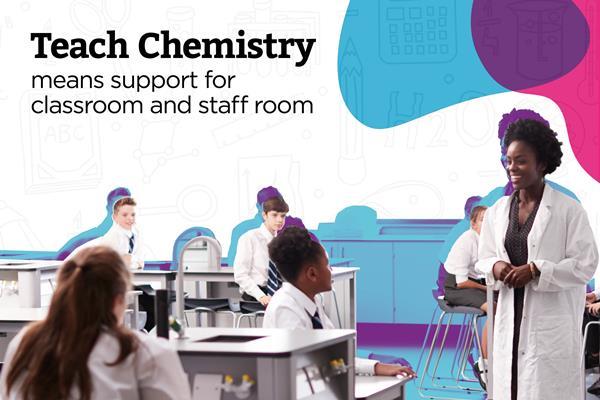Letters - November 2008

Murder Ahoy: a second vitcim, Crystal clear chemistry, Is chemistry really back and Multiple-choice questions can tick the box
Murder Ahoy: a second victim
Alan Dronsfield, Chair, Royal Society of Chemistry Historical Group
In On-screen chemistry (InfoChem, September, 2008) Jonathan Hare debunks the notion that a person in the film Murder ahoy might be poisoned by curare, delivered from the spike of a 'lethal' mouse trap. There is a second murder in this Miss Marple inspired film. The victim inhales powdered tobacco in the form of snuff and instantly and unspectacularly drops down dead. A heart attack is diagnosed, but Miss Marple, using a kitchen chemistry set, concludes that the snuff had been replaced by the poison strychnine. While it would be possible to deliver a fatal dose of the alkaloid by this method, the rest of the science is decidedly suspect.
Strychnine poisoning is a dreadful death and is far from instantaneous. Symptoms include tetanus-like convulsions, lockjaw, and frothing at the mouth. The victim dies either from asphyxia, or sheer exhaustion from the repetitive fits. Not a nice way to go, and certainly not the silent demise depicted in the film.
Thanks for using Education in Chemistry. You can view one Education in Chemistry article per month as a visitor.

Register for Teach Chemistry for free, unlimited access
Registration is open to all teachers and technicians at secondary schools, colleges and teacher training institutions in the UK and Ireland.
Get all this, plus much more:
- unlimited access to resources, core practical videos and Education in Chemistry articles
- teacher well-being toolkit, personal development resources and online assessments
- applications for funding to support your lessons
Already a Teach Chemistry member? Sign in now.
Not eligible for Teach Chemistry? Sign up for a personal account instead, or you can also access all our resources with Royal Society of Chemistry membership.


